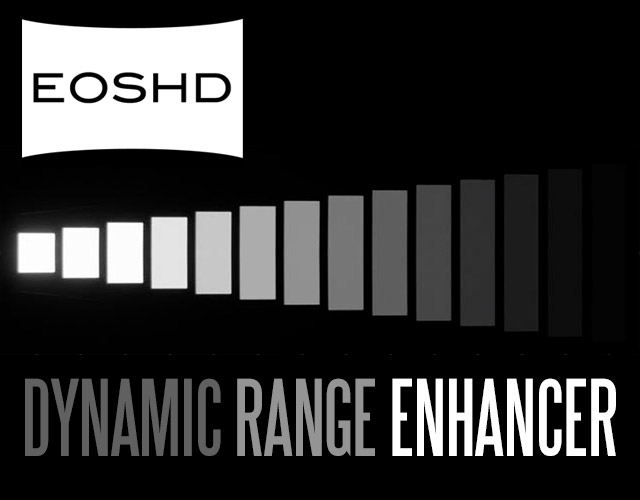Stabilisation in post
Stabilisation in post?
11 members have voted
-
1. With Sony and BM now offering gyro stabilisation, what are your thoughts about stabilisation in post as it relates to the 180 degree shutter rule?
-
I don't care about stabilisation in post1
-
I don't care about using 180 degree shutter, so stabilisation in post works fine for me3
-
I use a 180 degree shutter and stabilise in post but it looks fine to me4
-
I want to use a 180 degree shutter and stabilise in post but it looks awkward so I have to implement work-arounds3
-





Recommended Posts
Create an account or sign in to comment
You need to be a member in order to leave a comment
Create an account
Sign up for a new account in our community. It's easy!
Register a new accountSign in
Already have an account? Sign in here.
Sign In Now